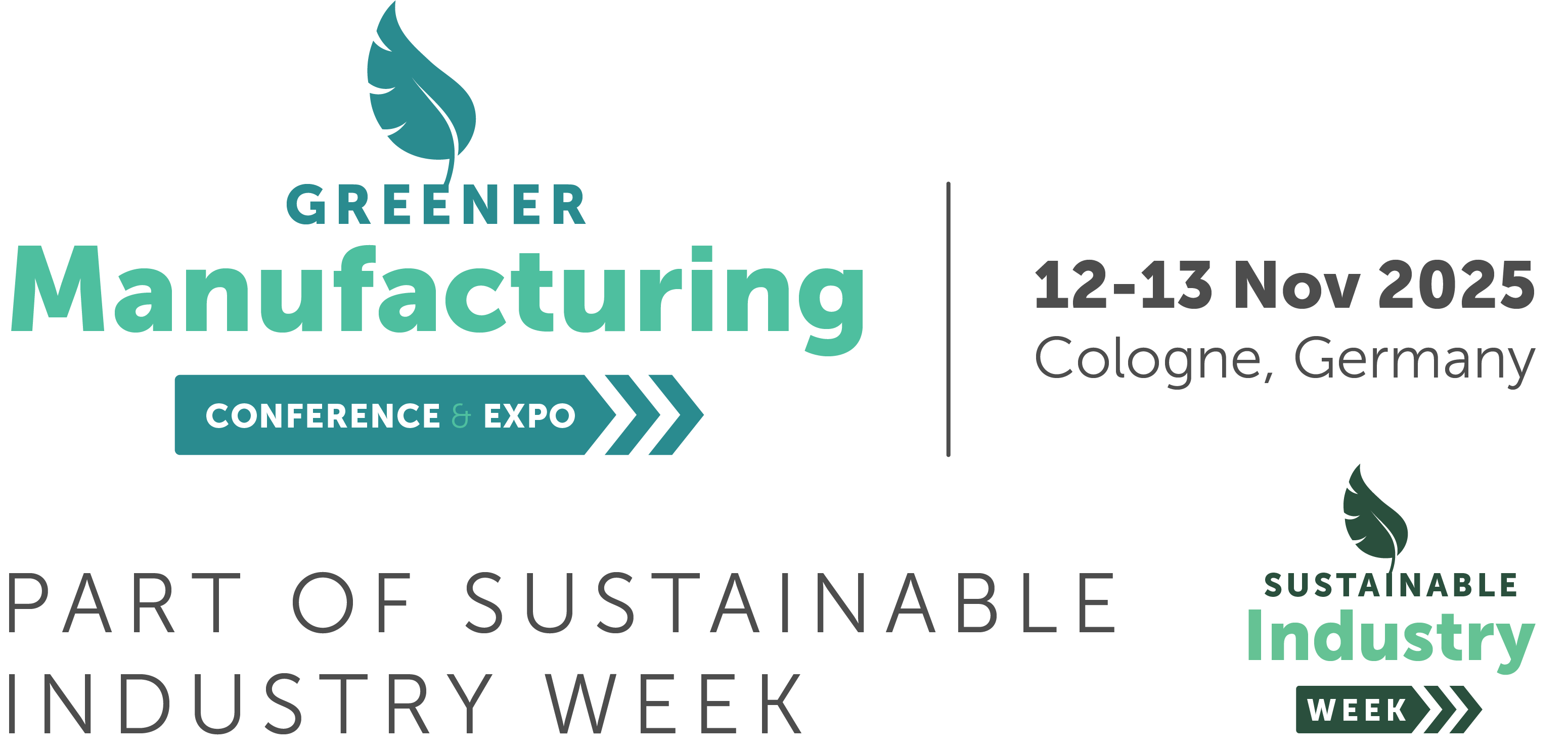CDP Illuminates Ready-to-Deploy Scope 3 Engagement Strategies
)
Recently, CDP and BCG published "Scope 3 Upstream: Big Challenges, Simple Remedies" with an analysis of opportunities to drive supply chain GHG reductions. Despite representing a substantial portion of a company's carbon footprint, these supply chain emissions are often overlooked, with only 15% of companies setting upstream Scope 3 targets. The report underscores the necessity for stronger board oversight, enhanced supplier engagement, and the adoption of internal carbon pricing to drive meaningful reductions in these emissions.
This topic is vital for all companies and industries as it directly impacts their ability to meet global climate targets and manage financial risks associated with their emissions. Effective management of Scope 3 emissions not only contributes to environmental sustainability but also helps companies comply with emerging regulations, enhance their market reputation, and ensure long-term business resilience.
While their research focuses on larger, publicly traded companies, the challenges and actions are applicable to closely held smaller and medium-sized enterprises (SME). Two areas are particularly of interest and are consistent with our engagements and experience in the sector.
1. Supplier GHG Drivers and Engagement
· Engaging with suppliers is crucial for managing Scope 3 emissions and aligning climate ambitions across the supply chain. However, only 4 in 10 companies studied engage with suppliers on climate-related issues and less than 1 in 10 collaborate with their suppliers.
· Companies can start by creating transparency on supplier emissions data through simplified data collection.
· Alongside data gathering, near-term targets should be set for actionable areas of impact including green power and fossil fuel reductions.
· Both data gathering and progress reporting should be integrated into new and updated contracts with suppliers.
· Where possible, leverage purchasing decisions to drive toward suppliers that are already aligned with SME sustainability expectations.
2. Adoption of Internal Carbon Pricing Mechanisms
· Implementing a form of internal carbon pricing (ICP) drives climate-aligned decisions and ensures climate cost transparency across the organization.
· However, only 14% of companies surveyed use ICP in their decision-making processes. Smaller and non-publicly traded companies are even less likely to adopt ICP.
· Develop a reasonable ICP that is based on either global or country-level benchmarks to reflect the true cost of carbon and potential regulatory risks.
· Introduce an annual process to apply the ICP to department level and supplier GHG emissions then provide companywide reporting on key drivers.
· Use the estimated carbon costs to guide investment decisions and identify financial risks from future carbon regulations.
By focusing on these ready-to-deploy steps in the next few years, SMEs can effectively begin their journey to reducing Scope 3 emissions, ensuring compliance with emerging regulations, and enhancing their overall sustainability performance.
Related links:
https://www.cdp.net/en/supply-chain/cdp-bcg-scope-3-report
https://www.cdp.net/en/reports/downloads/7834
About the author: Fosterra is an independent sustainability consultancy that works with global supply chains to find opportunities to collaboratively reduce their carbon footprint and achieve SBTi goals. Our work provides deep insight into the risks, trends, and opportunities for improving environmental performance that we are pleased to share. https://www.fosterra.com/SustainableSupplyChain





